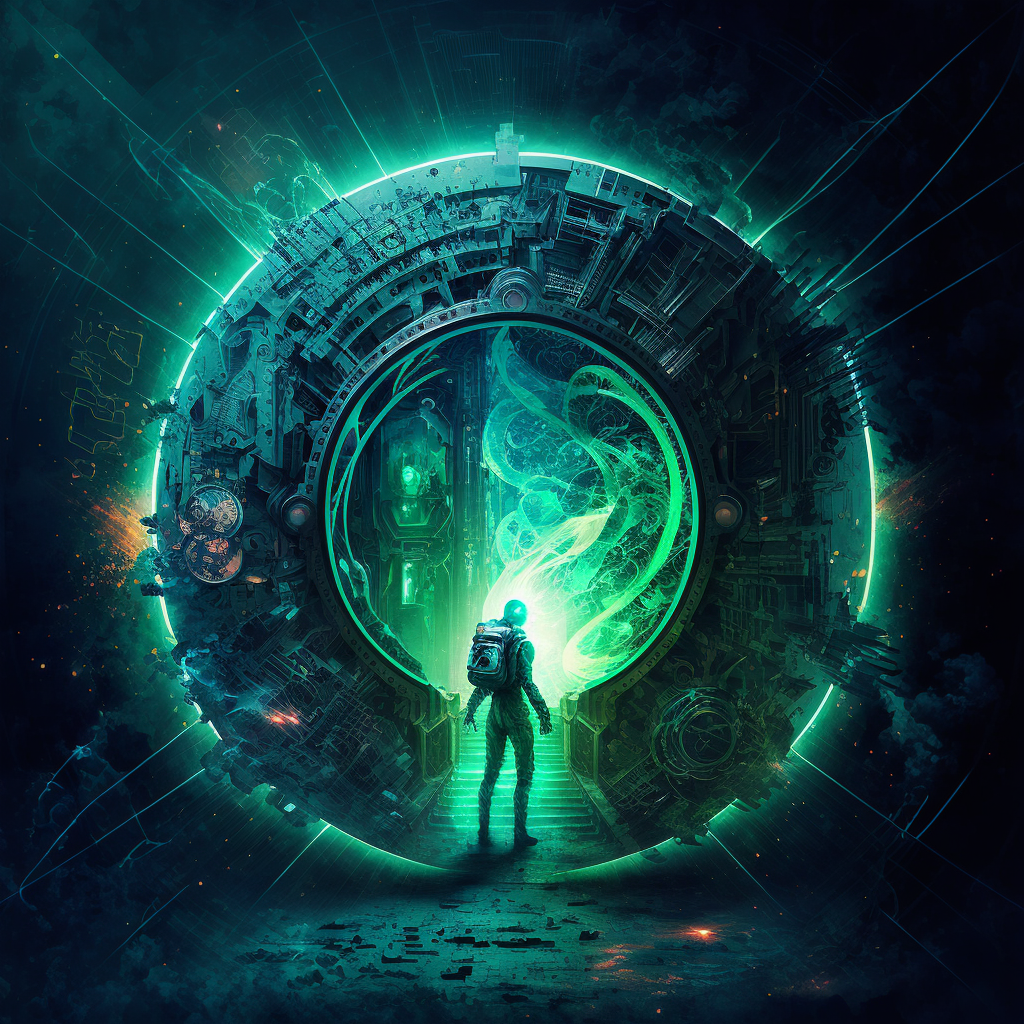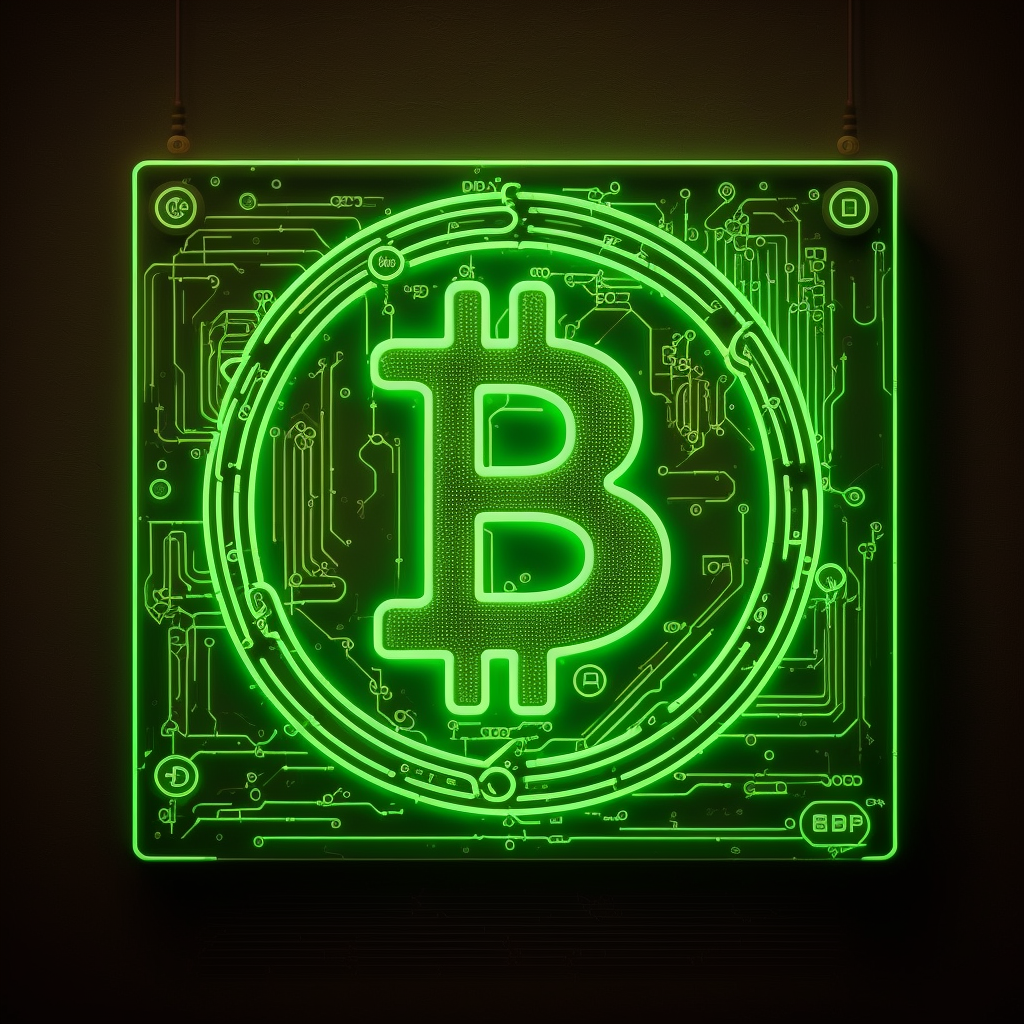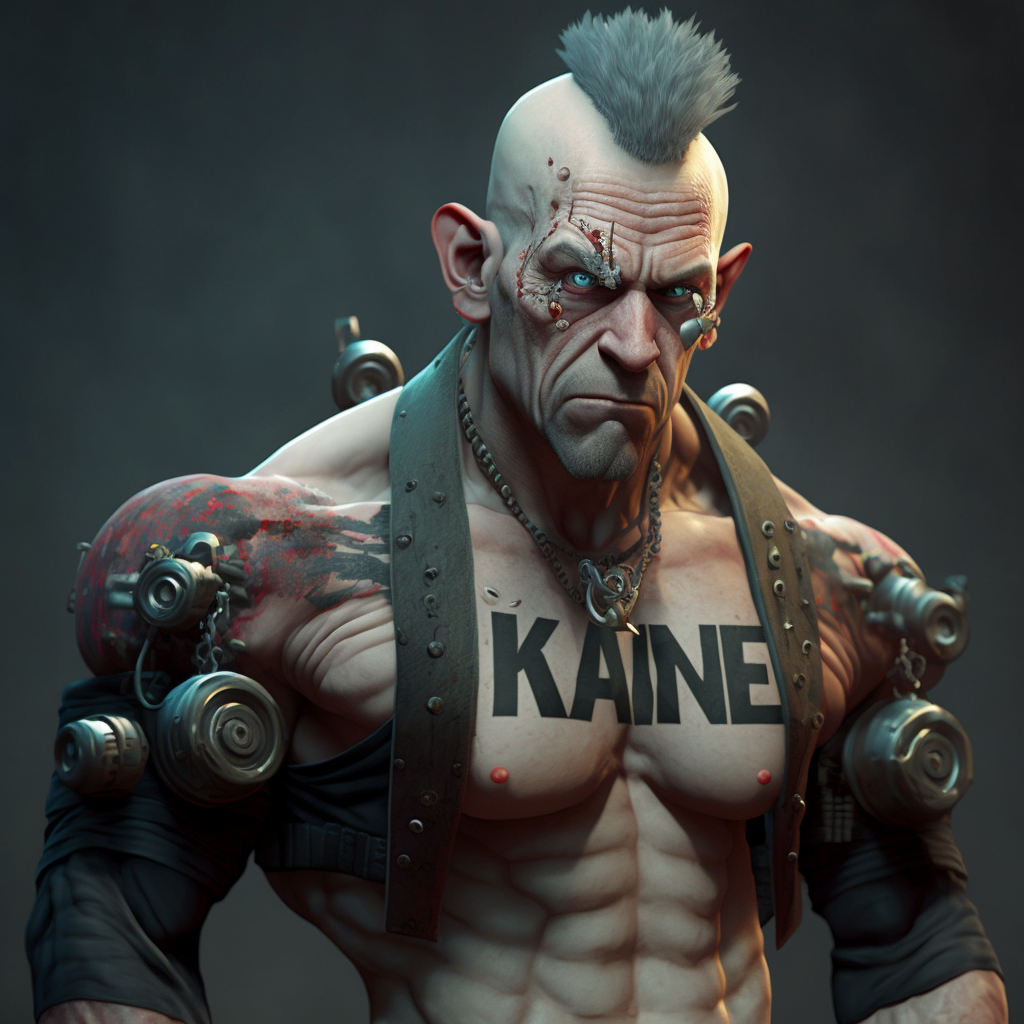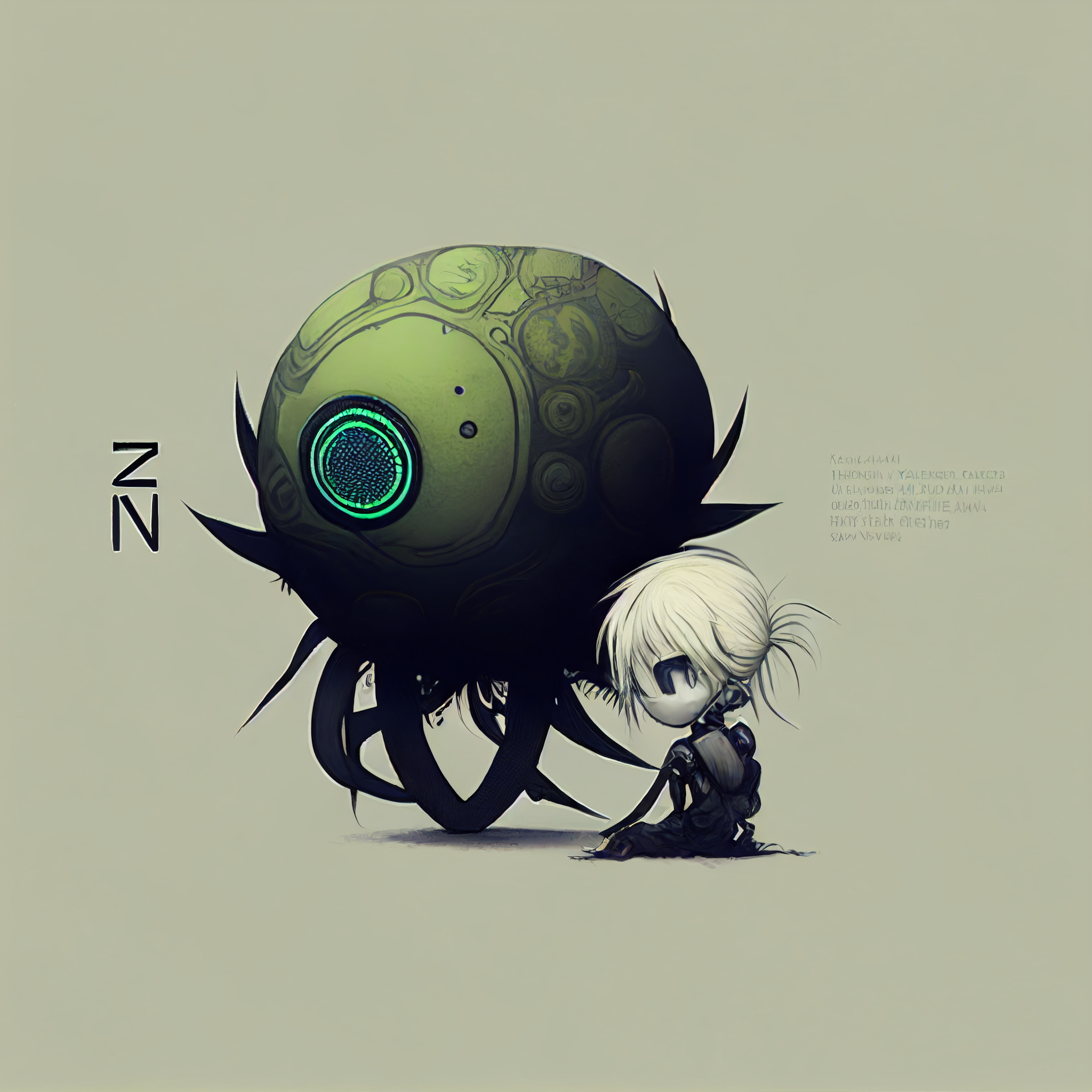Zenon Network Trustless Bridge AMA

(Any views expressed in the below are the personal views of the author and should not form the basis for making investment decisions, nor be construed as a recommendation or advice to engage in investment transactions.)
Zenon Network is building a first of its kind trustless bridge. Upon completion users will be able to bridge assets from Zenon Network to Bitcoin, Ethereum, and Binance Smart Chain without needing to rely on centralized actors. Sumamu, the developer currently leading the team to deliver the bridge, recently held an AMA on Twitter to answer some of the community's questions. Check out the dialogue below and make sure to read all the way through. Sumamu answered some bonus questions never seen before. I've also taken the liberty to reorder things to make it easier to follow and I've tried to correct small [spelling] and [grammatical] errors.
“Knowledge is power” and #TheAliensKnow it. 🧠
— sumamu (@su_mamu_) December 6, 2022
So let’s do this #AMA. 🏁
⏰ 24h to learn as much as possible about the NoM Multichain technology and future plans.
Ask anything in the comments. https://t.co/vWcuWTsB4J
Question: Are there any other trustless bridges in the crypto market you are "modeling" your bridge after?
Answer: There isn't anything similar enough to the NoM Multichain Technology we're building.
Question: How many are [on] your team? And can you share some insights on your background and past experiences in blockchain?
Answer: [There are] 5 main contributors to the NoM Multichain Technology and a few more [are] stepping in when needed. Experience ranges from 1y to 6y for blockchain and 5y to 18y for coding.
Question: Could you list short, medium and long term plans for your team?
Answer: Short: Getting the NoM Multichain technology to production. Medium: Researching and potentially implementing a solution for Smart Contracts on NoM. Long: Driving sustainability for the NoM ecosystem and acquiring resources for the next ventures.
Question: What’s the biggest desire your team has from the Zenon HyperCore and HyperGrowth community?
Answer: That we all coordinate our efforts to achieve the highest potential for the NoM ecosystem and its community members.
Question: Which node type (Pillar, Sentinel, Sentry) will have the biggest effect on NoM’s multichain? And why?
Answer: The current state of the NoM Multichain Technology will be running on Pillars, but the Sentinels will eventually play a very important role in the future.
Question: Do you believe Zenon bridges are safe and why? Wrapped assets got a bad rep during the last cycle, what do you think is different with Zenon?
Answer: Wrapped or not, they're just assets. The bad reputation comes from irresponsible handling of those assets. We use multiple mechanisms to ensure proper security, one key difference is that we dived into every single component and secured it considering the worst that could happen.

Question: Please explain the kind of other security [measures]!
Answer: Actions that can have direct or indirect economic effects are being put through Time Challenges, which allow external security mechanisms to observe anomalies and react before any real damage is done.
Question: In your eyes, what is the largest risk to achieving your goals for the upcoming interoperability solutions?
Answer: With enough resources almost anything can be accomplished.
Question: How will multichain benefit from Zenon’s feeless design?
Answer: Tokens will have the possibility to be upgraded to the closest thing to a native asset - ZTS'.
Question: You mentioned once that you explored @THORChain code and ultimately decided to work on Zenon. What factor gave Zenon the upper hand in your final decision?
Answer: That's where we started. The teams working on TC and other products in its ecosystem seem to be doing a good job, we just had a difficult time understanding how their leadership and treasury work and no clear path how our efforts can be supported.
Question: Zenon is different from @THORChain, [can] you elaborate on some of those differences and how they can complement one another in [the] future?
Answer: Great question! They use common technologies, but the approach and objectives are different. NoM does have the potential to improve the current capabilities of existing networks including TC. As the ecosystem advances, so will the benefits it is able to provide across chains.
Question: What is MPC and it’s sub-field TSS?
Answer: Multi-party computation (MPC) and Threshold Signature Schemes (TSS) are at the core of the NoM Multichain Technology and enable a threshold T of participants from a total N to jointly compute some data - in our case a signature that approves the spending of assets.
Question: [Can] you give us some use case examples of MPC / TSS aside from DEXes?
Answer: Let's keep it to TSS for now, since we've got more hands-on experience. It can be leveraged to prove that a consensus has been reached by a majority of parties performing off-chain computations. That allows one to expand the use-cases indefinitely.
Question: Is MPC / TSS built into Zenon’s core?
Answer: Most of the work happens off-chain, but the Zenon Core will be gaining the ability to verify proofs and the responsibility of handling and storing the ZTS' for the NoM Multichain technology.
Question: Could the TSS technology you develop be used to implement multisig wallets in syrius/other wallets or is this specially used for bridges?
Answer: Yes, it can.
Question: What do you mean by interoperability? How is it different from atomic swaps and bridges?
Answer: Our solution is more similar to a bridge, however it has a superior architectural design when it comes to security: we employ a multi-layered security approach with time challenges, fallback mechanisms and limit the amount of funds stored by the contracts.
Question: How many months away is your team from multichain capabilities with Bitcoin?
Answer: The current focus is on shipping, deploying and thoroughly testing the EVM integration and after that we can focus on the Bitcoin integration.
Question: How/where is the upcoming bridge / parts of it hosted? What would happen when your team gets "epsteined", subverted or just lose interest? Are there master keys? Does the reward-multiplicator get activated with more pools (e.g. 1 eth = 4,4 bnb)? Is the tech battle tested?
Answer: The NoM Multichain Technology consists of 3 main components: - NoM Embedded Contract, that runs on all nodes - EVM Smart Contract, that is deployed across other chains - [and an] Orchestration layer, that runs on Pillars Ideally, a Governance module will manage this tech.
Question: Will sentinels hold bridged assets and if so how do you prevent sentinels from stealing assets?
Answer: These are important aspects [that] we’ll have to approach as we advance with the development of the NoM Multichain Technology. At this point the other mechanisms put in place ensure the security of the assets. To be clear, a participant is unable to access the assets by itself.

Question: When could audit firms submit proposals to audit your code?
Answer: The first step is getting the code out there, which should happen rather soon. After that, we'll be focusing on the internal audit, which will reveal most of the potential issues. The internal audit's end marks the best time for external auditors to jump in.
Question: Are members of your team active in the forums/telegram/discord channels?
Answer: Not as much as they'd like to, and that's mainly because the main focus is on building. Even this presence is a common effort.
Question: Any hints about the first Zapp?
Answer: The first zApp is being developed for it by @dexZNNter and its purpose is to give non-technical users an UI for interacting with the NoM Multichain Technology.
Question: What’s the biggest advantage of NoM’s Bitcoin’s interoperability capabilities on multichain?
Answer: The possibility to control native BTC via the TSS.
Question: How will you incentivize users to run TSS nodes to secure the bridge? Count me in to run a node and I'm happy to beta test anything
Answer: The existing Sentinels coinonomics are being considered for fair incentivization of honest NoM Multichain Technology operators.
Question: Do u think the community has all the tools it needs to build zenonswap (like PCS)?
Answer: Anyone could jump in to build a DEX using the embedded contracts feature, which is the same approach we're taking with the NoM Multichain technology.
Question: What to do with the liquidity provided on pancakeswap? Keep providing ?
Answer: More info on this topic will be released this month.
Question: What’s missing for DEXes to be built on top of Zenon?
Answer: Nothing. Anyone could jump in a build a DEX using the embedded contracts feature, which is the same approach we're taking with the NoM Multichain technology.
Question: What’s your price prediction for $ZNN in 2023?
Answer: I won't be getting into this one for the moment(um).

Question: What’s different about Zenon which can make the UX of multichain even better? What’s the envisioned UX improvement?
Answer: The main objective of the NoM Multichain technology we are currently developing is to provide accessibility. That is to provide users with on/off-ramps between the NoM ecosystem and other ecosystems.
Question: Do you believe some impermanent loss protection should be embedded on the protocol level to fuel interest in the upcoming Orbital Program?
Answer: We've just started looking into this topic, but it does raise some interest.
Question: How can the average retail investor best be part of this Zenon multichain future?
Answer: There are so many ways to contribute to this future. Self-driven initiative is key to any of those.
Question: Can you give us an example of the simplest and most elegant multichain UX you can imagine possible on Zenon’s NoM?
Answer: You already described one in your past tweets: an integrated flow that enables the average user to swap between native BTC/ETH/BNB and native ZNN/QSR.
Question: What did the Zenon core devs do right which makes multichain easier/better than other networks?
Answer: Like I said, I’m thick everywhere so it’s not easy to put my finger on one thing. If we were talking about NoM in general, what I like most is that a VM wasn’t just slapped onto it, which could have been (rather easily) done, but the ledger was kept clean. In the meanwhile the SOTA has matured and the general consensus seems to be moving towards L2 solutions.

Question: How long did it take your team to grasp the Zenon codebase?
Answer: It's an ongoing process, >6 months later, we're still discovering and understanding concepts, but at this point we feel very confident.
Question: What’s the best advice you can give to new developers interested in digging into Zenon’s core codebase?
Answer: Don't start with the codebase, but rather like a non-technical user would.

Question: Is your HyperCore team looking for any help? If yes, [are there] any specifics you can share for the HyperGrowth teams?
Answer: Growing the ecosystem requires both sides to work together. Bringing new talent to actively contribute is as important as bringing hopeful new members in the community.
Question: Are you working with the devs working on sentinels?
Answer: Me and my team were not aware there is any work being done on the topic of Sentinels.
Question: Team chemistry check. Identify/describe each of your team members with a celebrity/book/song/etc. Go.
Answer: It's nice to see some interest in the human beings behind the tech and branding. Let's hold on to this one for a future opportunity that's more related to that topic.
Question: [Has] your team researched unikernels and how they might be applied in the NoM Multichain Technology? Seems like they might provide a minimal attack surface making then ideal for such applications.
Answer: So far we were only able to do some light reading on the subject.
Question: Organize these features of NoM in decreasing value/appeal to you and your team: 1. Technology stack 2. Progressive decentralization 3. Community 4. Leaderless 5. Branding 6. Speculative asset appreciation
Answer: I believe each one is built on top of the previous: 1. Technology stack 2. Branding 3. Community 4. Progressive decentralization 5. Leaderless 6. Speculative asset appreciation
Question: Would it make you happy if all your lifetime future endeavors around building software for decentralized infrastructure/applications are built on a solid foundation between BTC and NoM that you helped bootstrap?
Answer: And we've barely just began bootstrapping it. As you know, any kind of concentrated effort requires expending resources, so as long as everyone does their part and there's a steady or even better, increasing stream of these, there wouldn't be any reason to stop.
Question: 1. What is your response to someone concerned about the security of bridges, and if your tech is different/better than that? 2. any ideas on how to encourage ppl to be liquidity providers? some are excited by orbital rewards, others are cautious due to risk of impermanent loss
Answer: Both questions have been asked and answered. Please look through the comments.
Question: How will you incentivize liquidity providers, will this be done through Orbital or another system?
Answer: More info on this topic will be released this month.
Question: How [do] u explain to dumb ppl that Bitcoin get superpower through ZNN?
Answer: ZNN + BTC > BTC

NEW Follow up Question:
Question: Is it safe to assume that bridged assets will be sent to a smart contract that lives on other chains. In order to access those bridges assets Pillars will need to sign transactions in a TSS? How are you going to handle the BTC "smart contract".
Answer: Yes, all assets are managed and secured by smart contracts. Generally speaking they are called TSS participants, but in this case, those participants will be pillars. The BTC side is under research and more info will be available once there is a clear path for implementation.
Question: Will the Embedded Contract that runs on nodes be part of the Sentinel design and implementation? If not, what incentive does a node have to upgrade and/or run the embedded contract?
Answer: The embedded contracts have to be part of a network upgrade and all nodes must be upgraded: pillars, full nodes, local nodes, etc. It will be possible to distribute the fees to the TSS participants, but keep in mind pillars will only be TSS participants temporarily until we can move this functionality on sentinels (ideally), sentries or another network actor.
Question: How are you coordinating changes to the node design while Kaine is presumably working on the Sentinel implementation?
Question: Are you working on the Sentinel implementation?
Answer: There is no need for coordinating efforts at this stage, because we haven’t yet started implementing the sentinels functionality. These aspects need to be cleared out before we do, which will probably be soon after the NoM Multichain Technology is running on mainnet.
Question: How many lines of code have you written and how many do you think the bridge will be? Approximately.
Answer: Maybe around 3k? We're hoping to release the code [in the upcoming] months, so things will be clearer then.
Question: Have you identified and overcome any technical challenges that are novel or new. Could you describe one of them in a sentence or two.
Answer: A lot of them. From understanding how the network works to learning how to implement a new embedded contract, there were lots of undocumented details we had to figure
Question: Is it accurate to say we expect to have a beta bridge on mainnet within the next 6 months?
Answer: We're planning on having it live by the end of March 2023, but nothing was publicly announced, yet.

Member discussion